Should I Clip My Bird’s Wings?
Deciding to clip your bird’s wings or not is never an easy decision. It is a divisive issue that will uncover a considerable number of differing opinions. A variety of techniques have been used over the years, most prevent your bird from flying, but very few result in a satisfactory outcome for the bird.
As a bird owner, the most important decision that you need to make is whether or not your bird needs to have its wings trimmed. This decision will have far-reaching implications on your bird’s physical and mental health, and a holistic view is required to help you to come to the best decision for your pet.
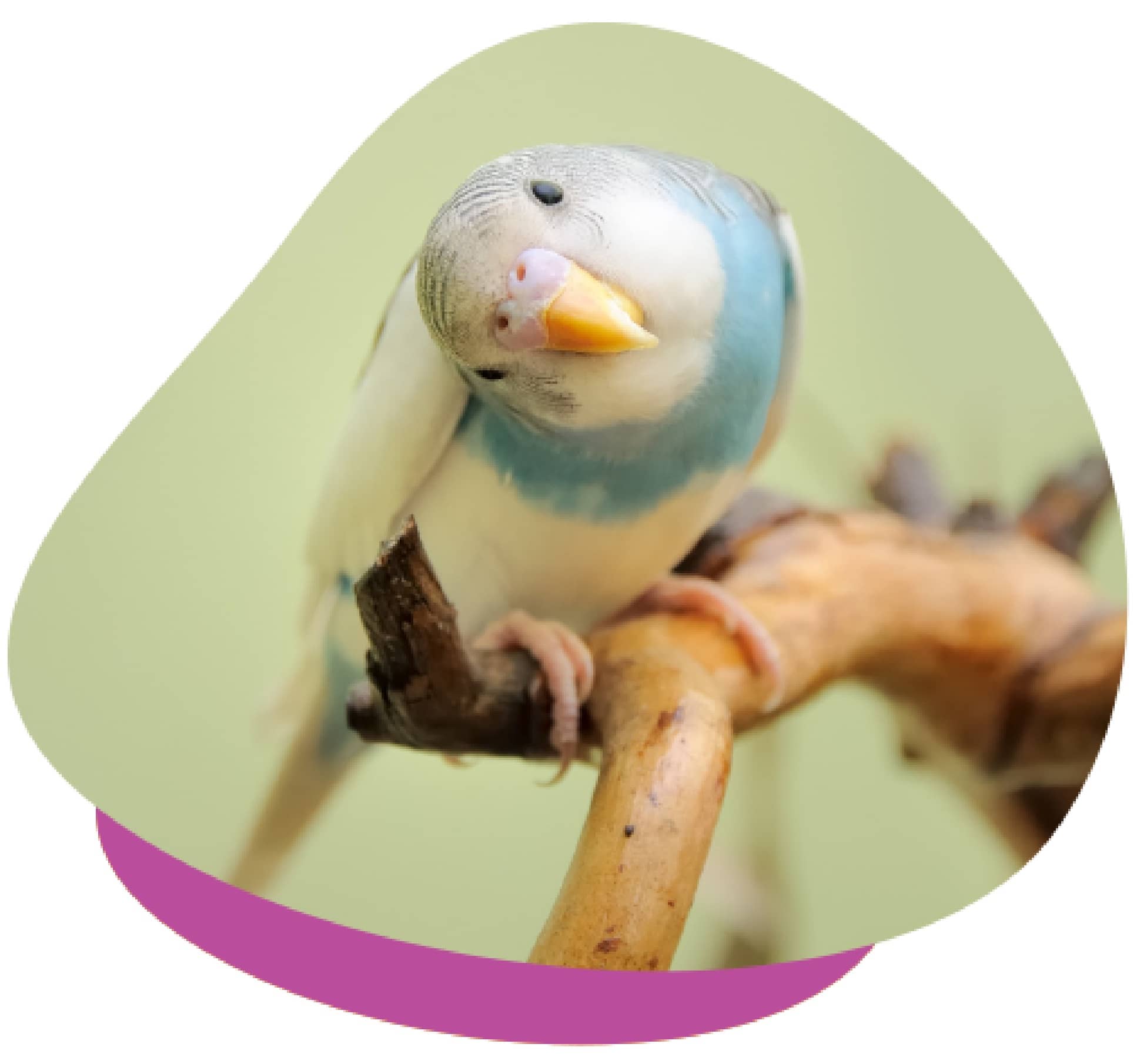
What Should I Consider Before Clipping My Bird’s Wings?
First and foremost, you should consider why you want to clip your bird’s wings? What are you hoping to achieve by clipping the wings, and is it possible to achieve these outcomes without removing your bird’s unique evolutionary skills?
After clipping a bird’s wings do grow back, but it is important to note that once a bird’s wings are clipped, it will take between 6 and 18 months for the feathers to grow back, so it is important to think carefully before performing this procedure.
The age of your bird should be considered before you decide to clip its wings. Young birds begin to learn to fly as soon as they leave their nesting box or “fledge” from a hand-raising situation. During this time, the bird develops independence, confidence, and depth perception and takes many brave leaps into the unknown as a first-time flier! It is our opinion that this is an essential time for muscle, brain and psychological development. We see far too many birds that have never had the opportunity to learn to fly. They present to our clinics with behavioural, physical or psychological disorders, which can be traced to their lack of complete development as a juvenile bird.
Allowing your bird to experience the freedom of flight, the ability to escape an unpleasant or dangerous situation and to develop the strength in their flight muscles and bones is one of the great pleasures of bird ownership. With appropriate training and precautions, birds can happily co-exist in a household with their flight feathers intact.
Recall training and flight activities are not only a great way to strengthen the bond between a bird and its owners, but they provide much-needed exercise and conditioning to our cage-birds, preventing obesity, and building lean muscle mass rather than having the birds deposit fat stores.
If you have considered these factors and think that you would like to get your bird’s wings clipped for your bird’s safety or to prevent accidental escape, having a trained and skilled professional carry out the wing clip is essential. Poor wing clipping is the number one cause of traumatic injuries and feather destructive behaviour or self-mutilation that we see in our clinics. There is no doubt that a poor wing clip is infinitely worse than no wing clip at all.
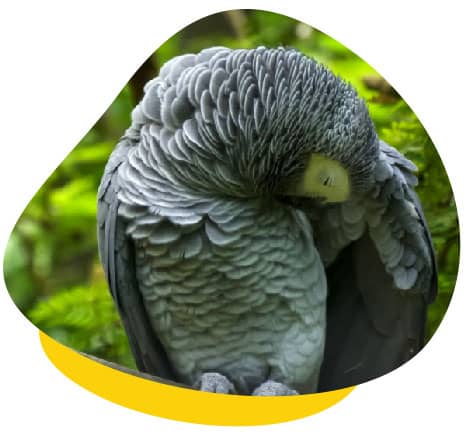
Can I Clip My Bird’s Wings by Myself?
We do not recommend having your bird’s wings clipped at home or with a breeder or pet store. This is a broad, sweeping statement and whilst there probably are some skilled and competent wing-clippers in Australia, we see far too many birds with extreme wing clips that we can no longer, in good faith recommend this for your pet. The main reason for this is that too often we see birds whose wings have been cut too short or only a single wing has been clipped. Often this results in ‘crash landings’, which can cause injuries ranging from broken legs or wings, to split and fractured keel bones, all of which require extensive surgery and a long recovery time.
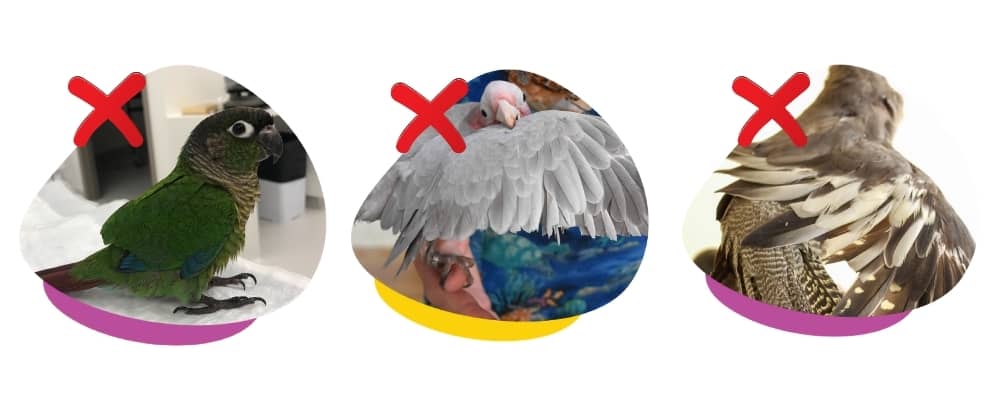
Examples of Incorrect Wing Clips
If you decide to clip your bird’s wings at home, it is essential that you have another person to help restrain the bird from alleviating stress and helping keep the process as safe as possible.
How Do You Clip Bird’s Wings?
At The Unusual Pet Vets, we use a technique that involves the removal of the back of the vane from between 4 and 10 primary flight feathers. This technique leaves the primary flight feathers long and facilitates normal grooming and preening behaviour, but prevents your bird from gaining lift and being able to provide thrust to fly upwards.
There are various wing clipping techniques available, many of which are now out-dated and result in significant damage to your birds’ physical and mental health.
The technique we use, essentially leaves the secondary flight feathers that are responsible for a controlled landing, should your bird fall and need to prevent itself from injury. Having no sharp edges on the primary flights as you have when traditional wing clips are performed, means that the bird does not focus its preening on the damaged, frayed edges of the feather. This has long been thought to be one of the triggers of feather destructive behaviour or feather plucking.
The most crucial consideration for wing clipping is that both wings are trimmed symmetrically, having only one wing clipped results in significant imbalance and injury.
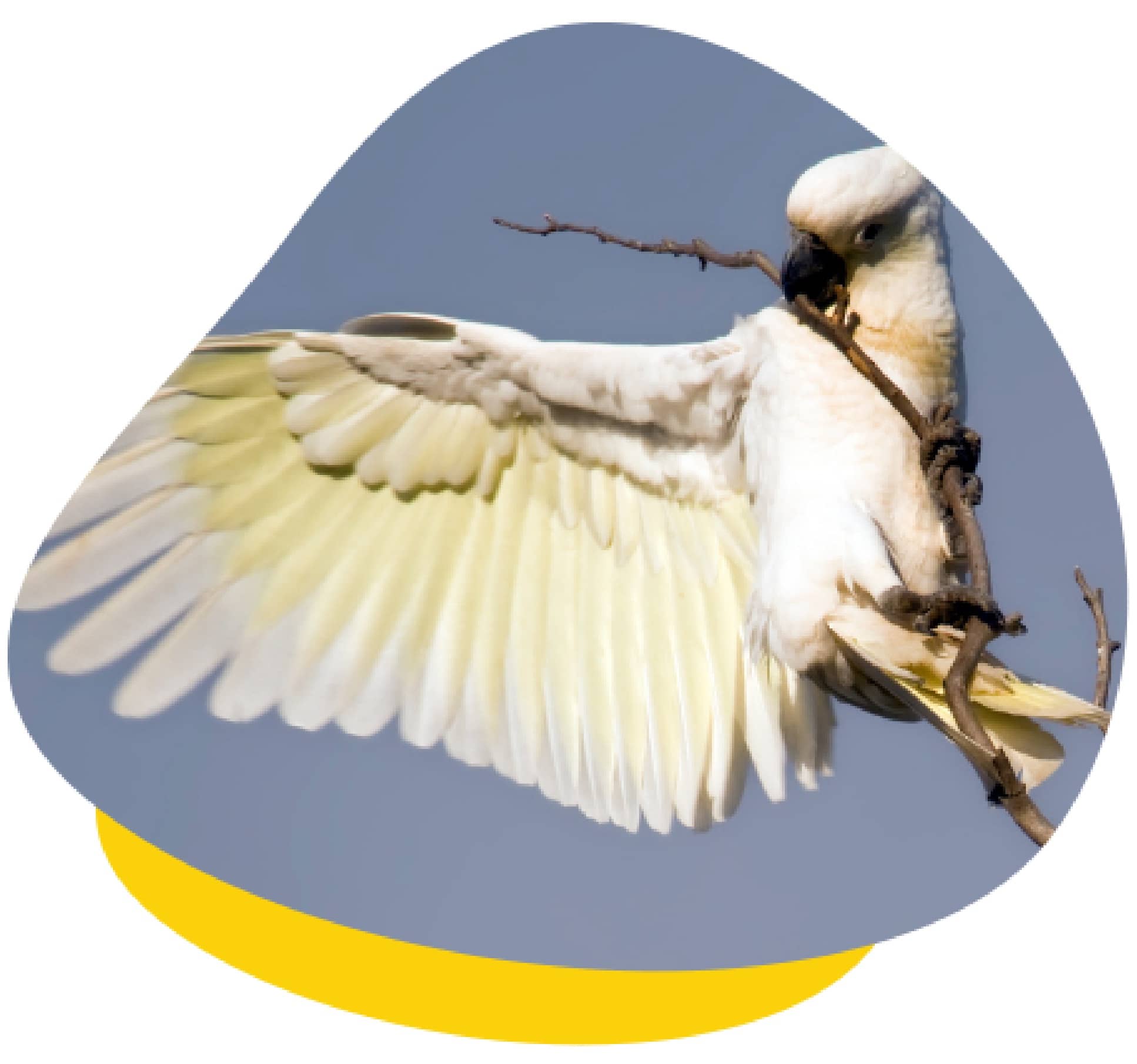
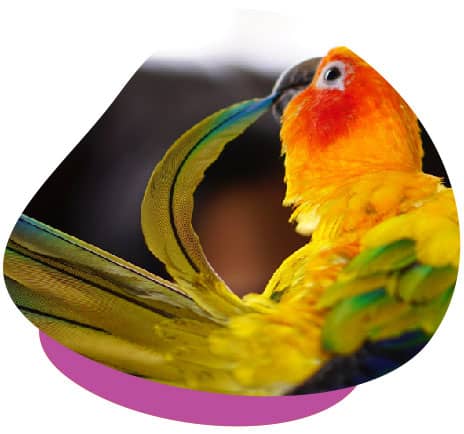
Additional Tips:
If you have decided to have, your bird’s wings clipped or would like to have a more detailed discussion about wing clipping and the pros and cons of the process with one of our vets, make an appointment with your local Unusual Pet Vets team.
To make an appointment, give us a call or book online.

